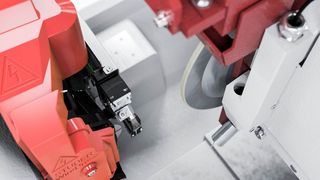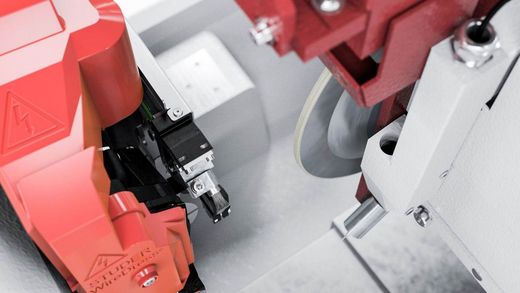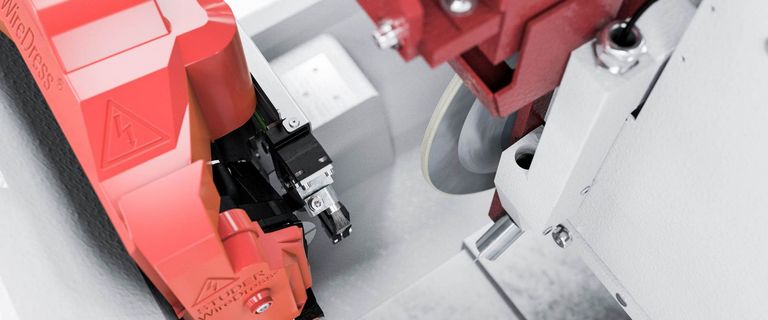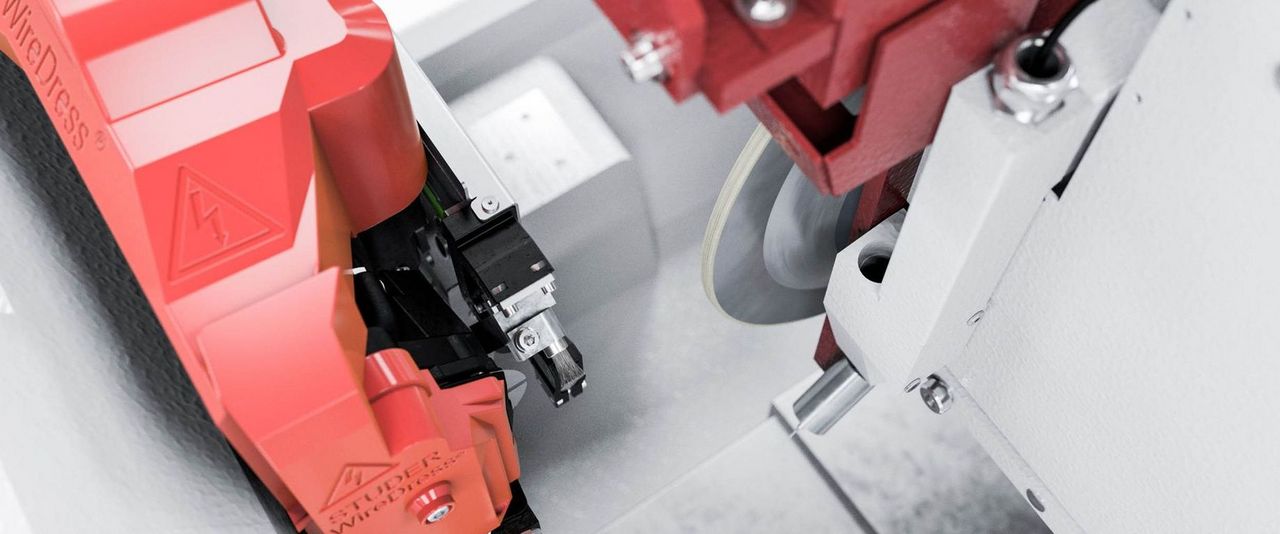Grinding Wheels for High-Performance Materials
From aircraft engines to electric turbo compressors, the infrastructure of our society is based on materials that have to withstand the toughest conditions in the world. To improve performance and energy production, components must be produced with extreme precision and must be able to withstand incredible temperatures, corrosive chemicals and extreme physical loads, all of which makes manufacturing much more difficult. Manufacturers thus need more than just a standard aluminum oxide wheel for these grinding tasks – they need equally powerful abrasives, effective processes and advanced dressing technologies.
High-performance alloys, frequently referred to as "superalloys", encompass a range of materials with different specific application possibilities. Nickel- and/or chromium-based alloys retain their shape and strength at extreme temperatures, such as in power generation or aerospace applications. Other alloys, especially those designed for the highest strength, may contain ceramic or carbide. Basic simple materials can be adapted for "super" applications using technologies such as High-Velocity Oxygen Fuel coating (HVOF).
Of course, the applications for which these materials are designed usually also require outstanding surface finishes. And grinding technology has evolved to meet the needs of manufacturers working with high performance alloys. Cubic Boron Nitride (CBN) or diamond grinding wheels are the norm when performing grinding operations on these materials, as are oil-based coolant systems - both must be supervised by grinding specialists experienced in high performance alloys.
Software solutions such as StuderTechnology generally provide an excellent starting point for machining high-performance alloys. However, fine-tuning is often required for these difficult applications. The different alloy compositions mean that speeds, feeds and removal rates must be optimized on a case-by-case basis. In addition, cobalt, nickel and other materials commonly used in high performance alloys can be particularly sticky, necessitating special dressing methods and parameters.
New possibilities in grinding with metal bonded CBN and Diamond wheels:
STUDER WireDress®, with its capability to dress the toughest metal-bonded grinding wheels, opens up new possibilities for machining high performance alloys, ceramics, carbide and hardened steel. Profiling and sharpening is performed automatically using a method similar to wire erosion (EDM), which does not require mechanical contact between wire, grain and bond, thus protecting the grain.
WireDress® enables the use of metal-bonded grinding wheels, a factor in itself that provides a more than 30% higher performance compared to a ceramic bond. The grinding wheels have a longer service life, can withstand more heat and cut faster and more aggressively than ceramic or resin-bonded wheels. The WireDress® eroding process allows the grinding wheels to be dressed at cutting speeds in the grinding machine, saving non-productive time.
In addition, this precise dressing process in combination with the performance parameters of the metal bond (e.g. the high dimensional stability) enables workpieces with very demanding geometries to be manufactured in a reproducible manner, which was previously not feasible or at least not economically possible before.











